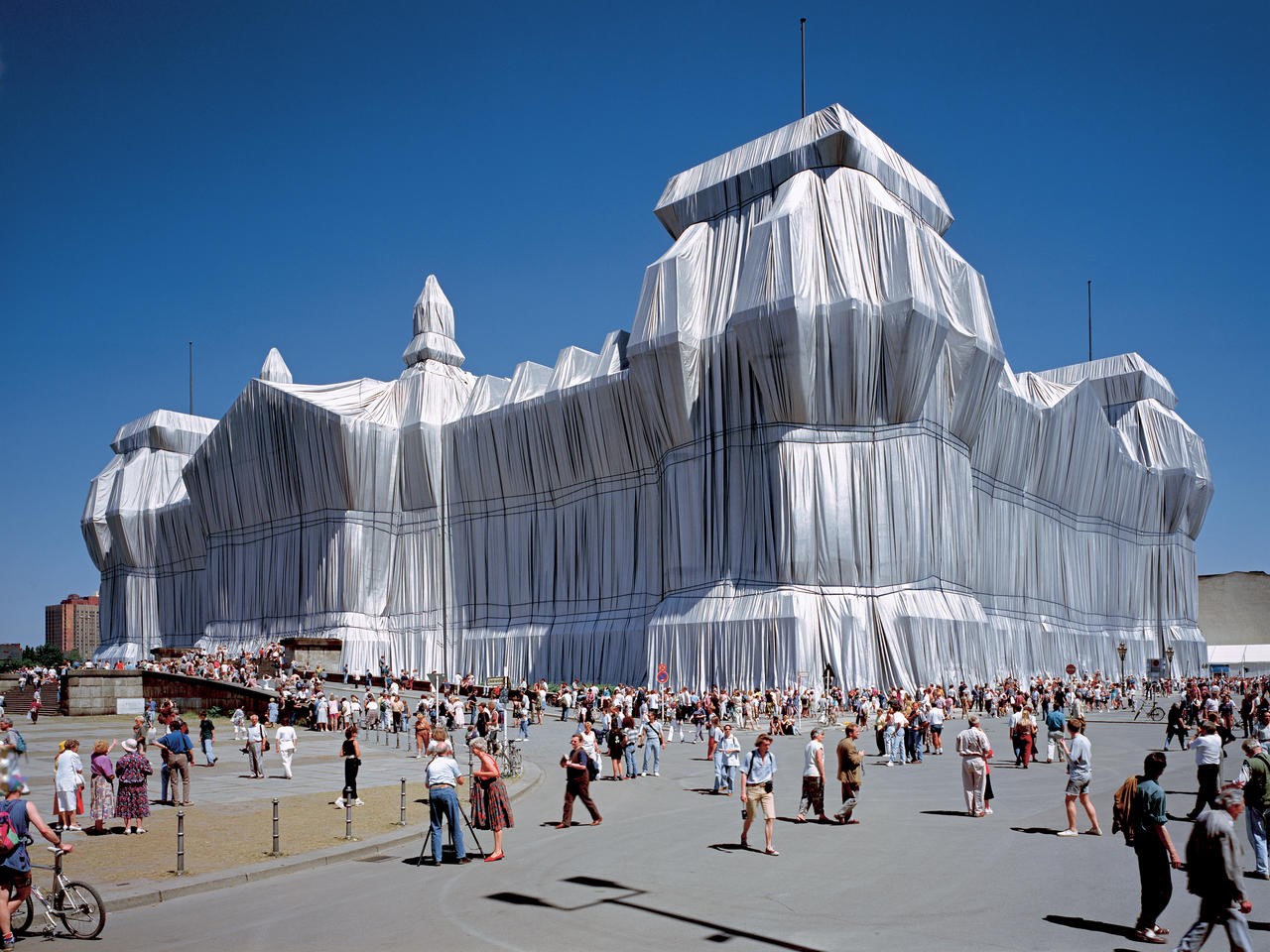

Gordana Fontana-Giusti
Architect, Urban Designer and Professor
University of Kent
The two main aims of the conference are weighty and thought-provoking. Addressing the role of politics in architecture and in architectural theory is highly relevant although challenging to take up due to its proximity to the politics of institutions such as universities, professional associations and others. On balance, I shall address them indirectly, as my paper is more geared towards the second aim that leads to more metaphysical questions on theorizing the place of architecture and spatiality within human sciences, which I aim to do by grasping the spatial effects of architecture on individuals and on society. In this way, I seek to contribute to the overall project of analysing the ways in which spatial relations have been designed, constructed and used by architects, users and various agents of power, to instil a set of ethico-aesthetical values and hierarchy of order.
The background to this paper is my long-term research relating to: Michel Foucault who has explicitly addressed this agenda in his Discipline and Punish, Lewis Mumford who grappled with these questions within the context of urbanism and the city in history, and a number of architectural treatises such as those by Vitruvius, Alberti and Serlio where many pertinent aspects of this discourse could be found. More specifically the recorded correspondences that occurred during the design and construction of parliamentary buildings are another important primary source of documents. Due to architecture’s predominant focusing on the formal values of an architectural object, more metaphysical aspects related to the spatial effects and spatiality of buildings have systematically achieved less prominence until what came to be known ‘the spatial turn’ exemplified in the seminal texts by Foucault, Derrida, Deleuze and Guattari, Virilio and others.
In this context parliamentary buildings provide a series of distinct case studies – a particular typology – of edifices containing special significance for their nations due to their all-encompassing role and emblematic status, where the aura of their symbolism is constantly disseminated via proliferation of images, films, television programmes and other digital media spinning the appearances of the edifice ad infinitum.
The paper will focus on spatiality, its implicated logic and the effects within the structure that is the symbolic home for the nation. This is an under-theorised area of architectural theory that deserves further scrutiny. Indeed, the work of conceptual artists such as Christo & Jeanne-Claude and Langlands & Bell have put forward the concerns, apprehensions, fears and perplexities in respect to institutional spaces of this kind.
In this paper I therefore aim to investigate the following three aspects: a) the status of ‘debate’ as a philosophical category and to query if there is a need for the provision of a specific architecture and if so why and how? The notion of the (parliamentary) debate itself needs to be questioned: what is going on in a debate? Disagreements / a range of disagreements? Or an attempt to achieve consensus which is often a difficult or an impossible task to do? In this context I shall recall the discourse on Kant’s transcendentalism given that the ideas that underline the eighteenth-century project of Enlightenment came to underpin the emergence of parliamentary democracies and the form of their edifices; b) trace back the conditions of the variety of basic models of congregation that became dominant spatial prototypes for parliaments and c) draw conclusions about the nature of debate, the epistemological need for its architectural framing and the nature of edifices that materialised, with reflection on the prevalent choices and their blind spots.